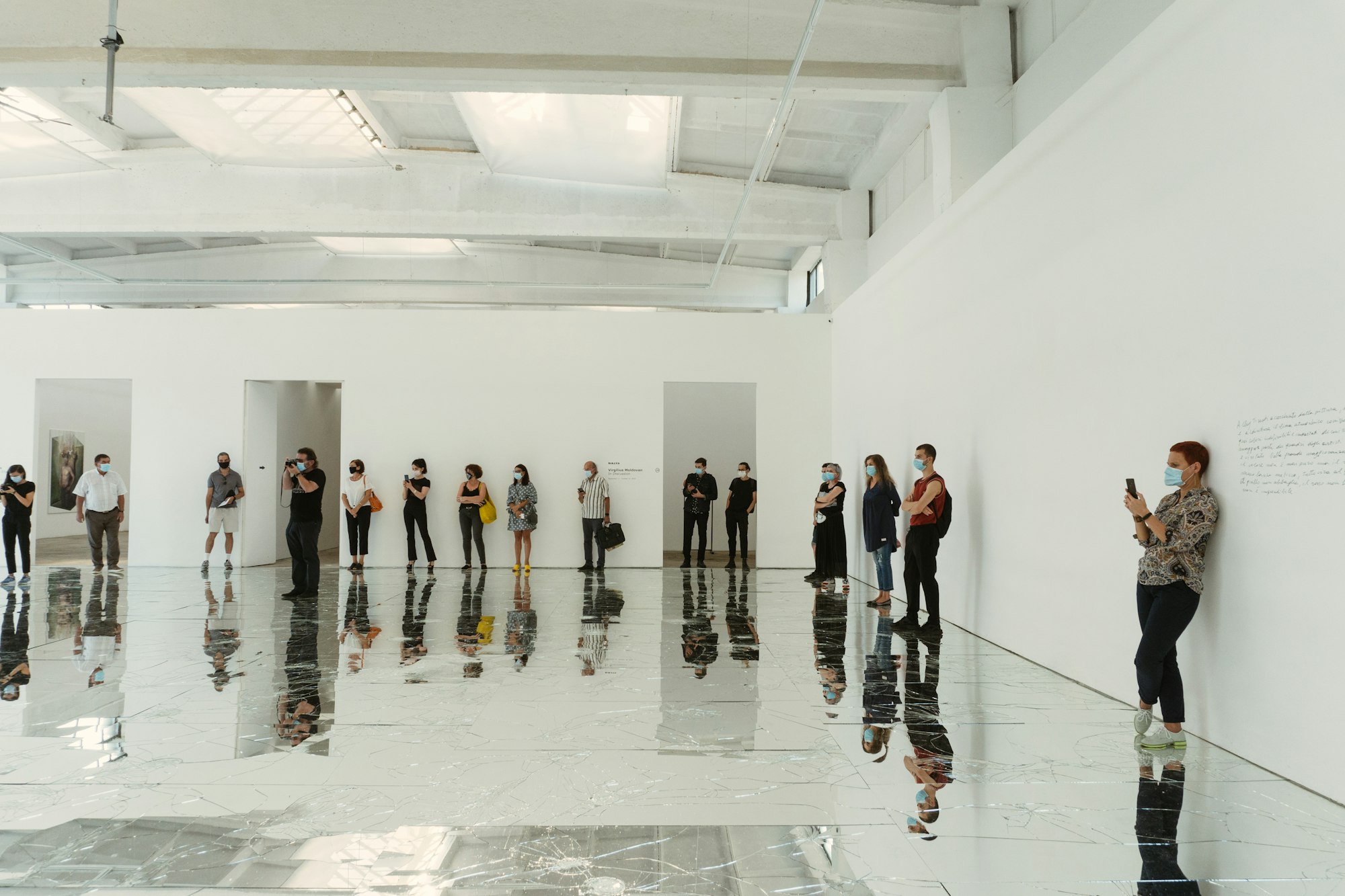Transitioning into the Fall: An interview (part 2)

This is part 2 of the unabridged version of an interview that I gave with our student paper at the start of the semester. Part 1 is here. Enjoy. -rt
Q: What has been the greatest challenge associated with creating virtual or hybrid versions of classes?
Some faculty have been holding on to more passive, lecture-based pedagogy for many years despite overwhelming scientific and anecdotal evidence that this is not the best way for students to learn and that active learning is better. When we pivoted to online/hybrid instruction back in March, those faculty discovered that lecture is simply neither compelling nor effective for the vast majority of students, and they faced a choice of either sticking with lecture or doing a crash course in active learning. Either way was very difficult. Sticking with lecture led to dissatisfied and disengaged students; adopting active learning was costly in terms of time because there was a lot to learn and unlearn in a short period of time. Those faculty had, and many are still having, a lot of challenges – much moreso than those of us who have been doing active learning for some time.
On the other hand, for those of us who do active learning, the difficulty has been in conceptualizing active learning in a socially distanced situation --- unable to get into groups of 4, or come up to the whiteboard, or pass papers around and so forth. Interestingly a lot of my colleagues have no trouble thinking about active learning in a fully online setting, but in a hybrid setting with 6-foot social distancing in place it's been very hard to think about what to do.
Q: Have there been any unexpected positive outcomes from this transition?
There are several.
1. This whole situation has forced us faculty to simplify. We are simplifying our courses, simplifying many rules and regulations we follow in our departments, simplifying our exam and assessment processes, and more. Higher education is notorious for adding more on top of more, and this simplification is long overdue.
2. It's also forced all of us to take a more human approach to teaching and learning. All of us have been touched by this crisis in some way, and so now, professors' empathy for students is at an all-time high, and I think we are also much more vulnerable with each other and more ready to admit that we need help sometimes. This too is long overdue.
3. The transition to online/hybrid teaching has given online/hybrid courses a permanent place at the table in GVSU's programming. Before, we had online/hybrid courses, but there were few of them, and they were sort of seen as a weird niche in the curriculum with sketchy academic quality --- "they're not real courses" is something I used to hear. Now, though, we've seen that online instruction --- when done using good design practices --- can be highly effective, and some students really thrive in them in ways that they don't in traditional courses.
4. As I mentioned, this transition has forced us to start taking active learning seriously across the board, as we should have been doing. Students are simply not going to pay tuition to get a talking head on a YouTube video. The value proposition for students has to be bigger than that, and active learning is the way to provide this.
Q: How do you envision classes being able to maintain a healthy quality of learning in online or hybridized formats? What new strategies will be implemented for this purpose?
I go back to three things I already mentioned -- structure, social presence, and active learning. Those three things are the backbone of every well-designed online/hybrid course, and sticking constantly to them will make online/hybrid courses more effective for long-term learning than a lot of people think. They aren't really new strategies; I guess what's new about this is that in an online/hybrid course, you can't hide behind classroom theatrics to permit disorganization, weak or fake social presence, or pedagogy that's fundamentally passive.
Q: What advice would you give to students during this uncertain class structuring period? Many students are worried about the class experiences they will be receiving this fall semester. What would you say to those nervous students?
Communicate. Tell your professors and your advisors what's working, what isn't working, what they should keep doing, what they should stop doing, what they should start doing. We are listening and we need to know. I encourage professors to specifically ask for this feedback early and often and be ready to adapt to student needs as they arise; for students, if they're not asked for feedback, give it to your professors anyway (in a polite and constructive manner).
I've seen many students over the summer call out the university for a lack of transparent communication, and those students aren't wrong. But what this teaches us is that the only way through this situation is the only way through any situation, and that's direct, clear, open, two-way communication about what's happening. I can guarantee you that professors will respond. We care about students and we want to do what's right by students. We have your back and we want you to succeed. So we want to hear from you; we'll give you good feedback in return.


